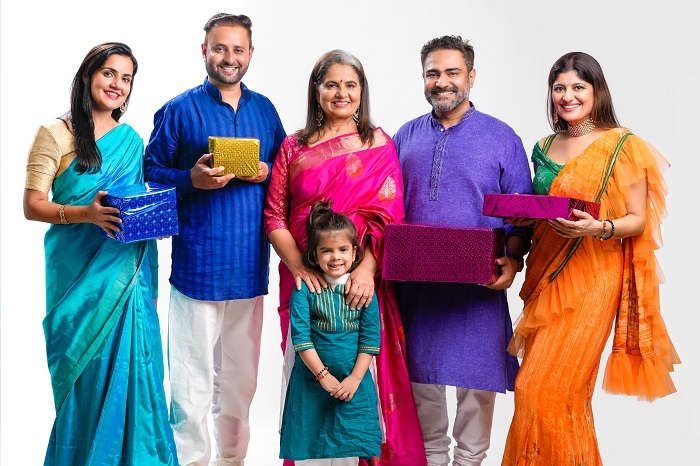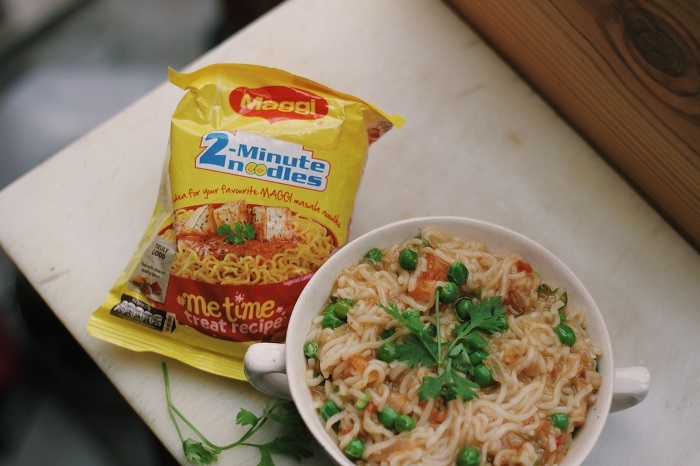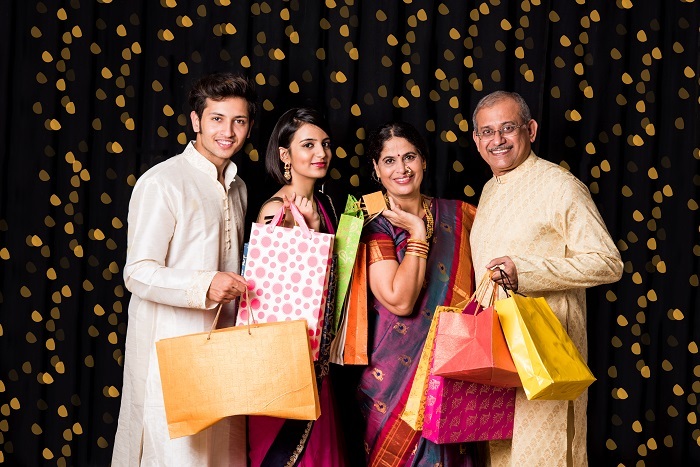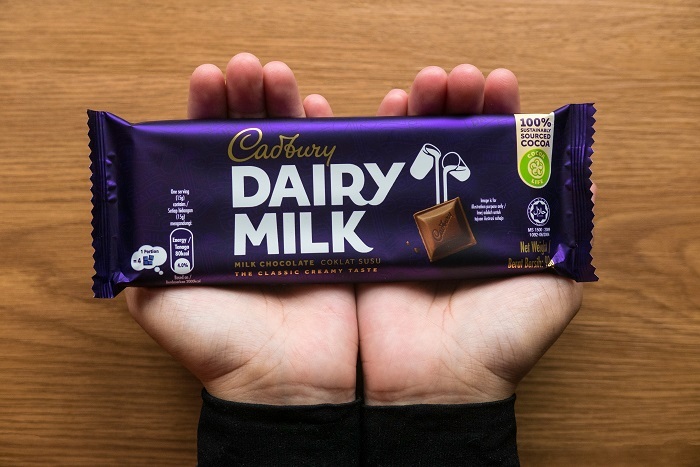
 Data Structure
Data Structure Networking
Networking RDBMS
RDBMS Operating System
Operating System Java
Java MS Excel
MS Excel iOS
iOS HTML
HTML CSS
CSS Android
Android Python
Python C Programming
C Programming C++
C++ C#
C# MongoDB
MongoDB MySQL
MySQL Javascript
Javascript PHP
PHP
- Selected Reading
- UPSC IAS Exams Notes
- Developer's Best Practices
- Questions and Answers
- Effective Resume Writing
- HR Interview Questions
- Computer Glossary
- Who is Who
What Are the Core Indian Values of the Customers That Brands Can Target?
Every society is driven by a set of core values that are implanted deep into its citizens. The intensity of these core values may differ according to the geographical location, social and economic status, and educational and professional background of individuals, but the essence is always there. Marketers can understand these core values to determine ?
Type of product or service they should be manufacturing
The price of the product or service that they will be offering
The promotional strategies for the brand, the product, and the service
And the distribution channels for the product and service.
These core values differentiate the citizens of one nation from another. In today's article, we will be diving deep into the different core values of the Indian consumer, how companies can utilize them to place or position their products, and the examples of prominent brands operating in India currently.
General Perception of Indian Consumers and Their Values
Indian consumers are generally family-conscious, savings-oriented, religious people who believe in celebrating every occasion. These individuals are deep into mythology and traditions. And because of the diversity of land and water, they enjoy their food the most and its variety. It is time that we get an understanding of their core values.
Core Indian Values
Family Orientation

A typical Indian household would consist of the male individual, his spouse, his children, his parents, his siblings, and some far-away dependent relatives. Having a household of five is the minimum for them. Consumers are price sensitive when they have a large number of dependents. They generally prefer buying from unorganized and organized sectors to maintain a balance. The middle class forms the majority of the population. The consumer will downgrade their product consumption if the price of necessities increases or in the case of certain emergencies. Considering this scenario, the companies can keep certain points in mind ?
The consumers are price sensitive and, hence, will easily switch to the more economical brand.
The consumers would not want to purchase goods in bulk; small sachets are preferable for consumption.
Young adults (married couples) are mostly the purchase decision makers in the household, so companies can advertise their products on television sets in between the trending soap operas.
Companies can have the same product at different price points.
In the Indian market segment, one of the brands that have targeted the family orientation crux is ?

Hindustan Unilever Limited's Colgate Brand ? The marketer understood that consumers would downgrade or upgrade their consumption on the basis of their salary and hence came up with different price points for the same product. Colgate Herbal, Colgate, Colgate Gel, and other Colgate brand products This ensures that consumers are not switching brands but consuming different products from the same brand.
Savings Orientation

Since India is a developing country and we, the consumers, are devoid of benefits like retirement pensions, unemployment benefits, or community medical services, it becomes very important for Indian consumers to save for their old age. They also utilize their savings for weddings or medical emergencies. Indians are known for holding lavish weddings and will always go over their budget. Because of this habit, payment through installment systems is very common among Indian consumers.
One of the brands that have targeted this value among Indian consumers is ?
Samsung Mobile Phones ? The company understood that the consumer would use a mobile phone for 5 years but would want to purchase the latest model at the time of purchase. For them, it is a necessity as well as a matter of social status. As a result, the company devised payment plans for even a Rs 7,000 mobile phone. It is a great initiative by the company to push consumers to go above their budget.
A sense of belonging

India is a land of varied religious beliefs, cultural differences, linguistic challenges, traditions, and others. Even after being the most populated country in the world with these many differences, if people can live peacefully, it will be because of a sense of belonging. Indian consumers are known for being emotionally driven. Hence, brands can use these factors to develop their advertisements. Some of the companies that have used this value are ?

Hindustan Unilever's Surf Excel ? the brand is a household name when it comes to detergents. The brand designed an advertisement where it was shown that a child who has been bullied and thrown in a rain puddle, standing up, starts hugging his bullies instead of being angry and going home. The tagline of the advertisement is "Dagg ache hote hain."
Food Habits
Indians, like consumers in most Asian countries, enjoy spicy and hot foods. It is difficult for foreign brands to come to the Indian market with their original product and become successful because of the taste bud differences. The bread that has been in the country for 100 years is still not a popular part of some of the urban and semi-urban markets, and even they have started avoiding it because of the use of maize as the prime ingredient. Hence, the brands are adjusting themselves according to Indian taste buds and eating habits. One of the successful brands is ?

Nestle's Maggi ? This brand has done wonders when it comes to market penetration. It is a household name for rural as well as urban sectors. The original Maggi is the best-selling one; the brand has also introduced a variant, but that was not a big success.
Festivities Season

India is a land of diversity, and because of such diversity, we see that the consumers are mostly engaged in one or another festival. Consumers have the habit of delaying purchases for special occasions and always going out shopping at festive times. Though not all the festivals are popular in every state, we see variations of the same being celebrated across the nation. During the holiday season, brands employ a variety of sales promotion techniques. Ranging from shampoo sellers to gold sellers One of the brands that have done exceptionally well in this regard is ?

Cadbury Dairy Milk ? The company did not skip any festivals while planning its advertising. From Rakhi celebrations to Valentine's Day celebrations, the brand is known for providing gifting solutions to the consumer. The brand uses the essence of "Kuch Meetha hojaye" in almost all its advertisements.
Companies must remember the above-mentioned core values in order to be successful in the world's most populous country, which is also the most sensitive and emotionally charged. The unorganized market segment of India is as developed as its organized segment. Consumers are aware of its existence and are even active consumers in that segment. In India, the value of the product plays an important role, and if the brand is targeting the experience that it can deliver, then it is not for the majority of the Indian population. Brands like Indian Tobacco Company, Hindustan Unilever Limited, Nestle, and Dabur run through the veins of the Indian market. Setting your goals straight before entering the Indian market is very important.

